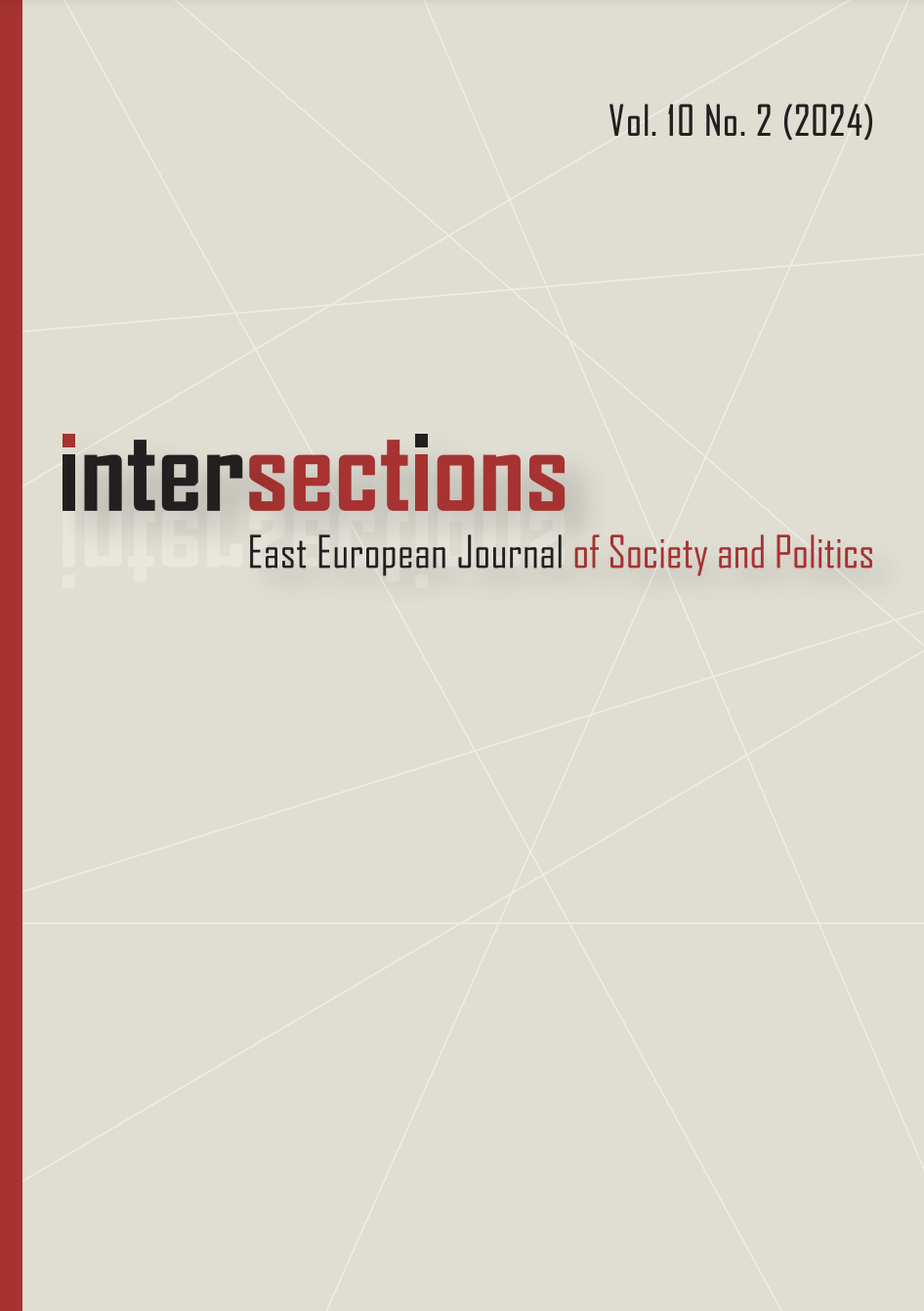Determinants of experiences and perceptions of corruption
A case study of Russian regions
DOI:
https://doi.org/10.17356/ieejsp.v10i2.853Keywords:
experience of corruption, perception of corruption, low-level corruption, business corruption, attitudes toward corruption, determinants of corruptionAbstract
In this article, the main determinants of experiences and perceptions of corruption in the Russian regions are analyzed. The research focuses on evaluating the determinants of corruption among ordinary people and business representatives in three regions of Russia. The main objectives of the research are: to reveal the relationship of individual characteristics and attitudes toward corruption with citizens’ actual experiences and perceptions of corruption; to learn how experiences and perceptions of corruption influence each other. The main conclusion is that the experience of corruption and its perception are interrelated. Those members of both the general public and the business community who perceive the prevalence of corruption to be high report experiencing corrupt practices more often than those who see a lower frequency of corruption. People who justify corruption are more likely to report encountering bribery and other low-level corruption practices. For business corruption, tolerance of corruption shows a significant link with perception of corruption, but not with real experiences of corruption. Social learning theory and victimization theory can explain the interdependence of perceptions and experiences of corruption in the Russian regions. The indicators of both perception and experience of corruption in the research can be used as indirect measures of corruption. Their interrelation in the same survey may also indicate their validity as instruments for measuring corruption.

Downloads
Published
How to Cite
Issue
Section
License
Copyright Notice
Authors who publish with this journal agree to the following terms:
Authors retain copyright and grant the journal right of first publication, with the work three months after publication simultaneously licensed under a Creative Commons Attribution License that allows others to share the work with an acknowledgement of the work's authorship and initial publication in this journal.
Authors are able to enter into separate, additional contractual arrangements for the non-exclusive distribution of the journal's published version of the work (e.g., post it to an institutional repository or publish it in a book), with an acknowledgement of its initial publication in this journal. This acknowledgement is not automatic, it should be asked from the editors and can usually be obtained one year after its first publication in the journal.



